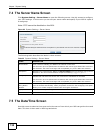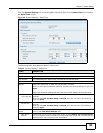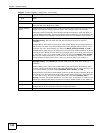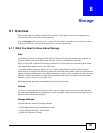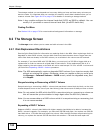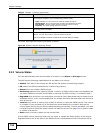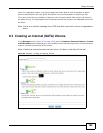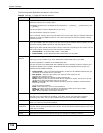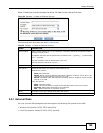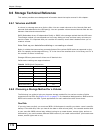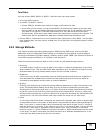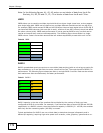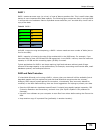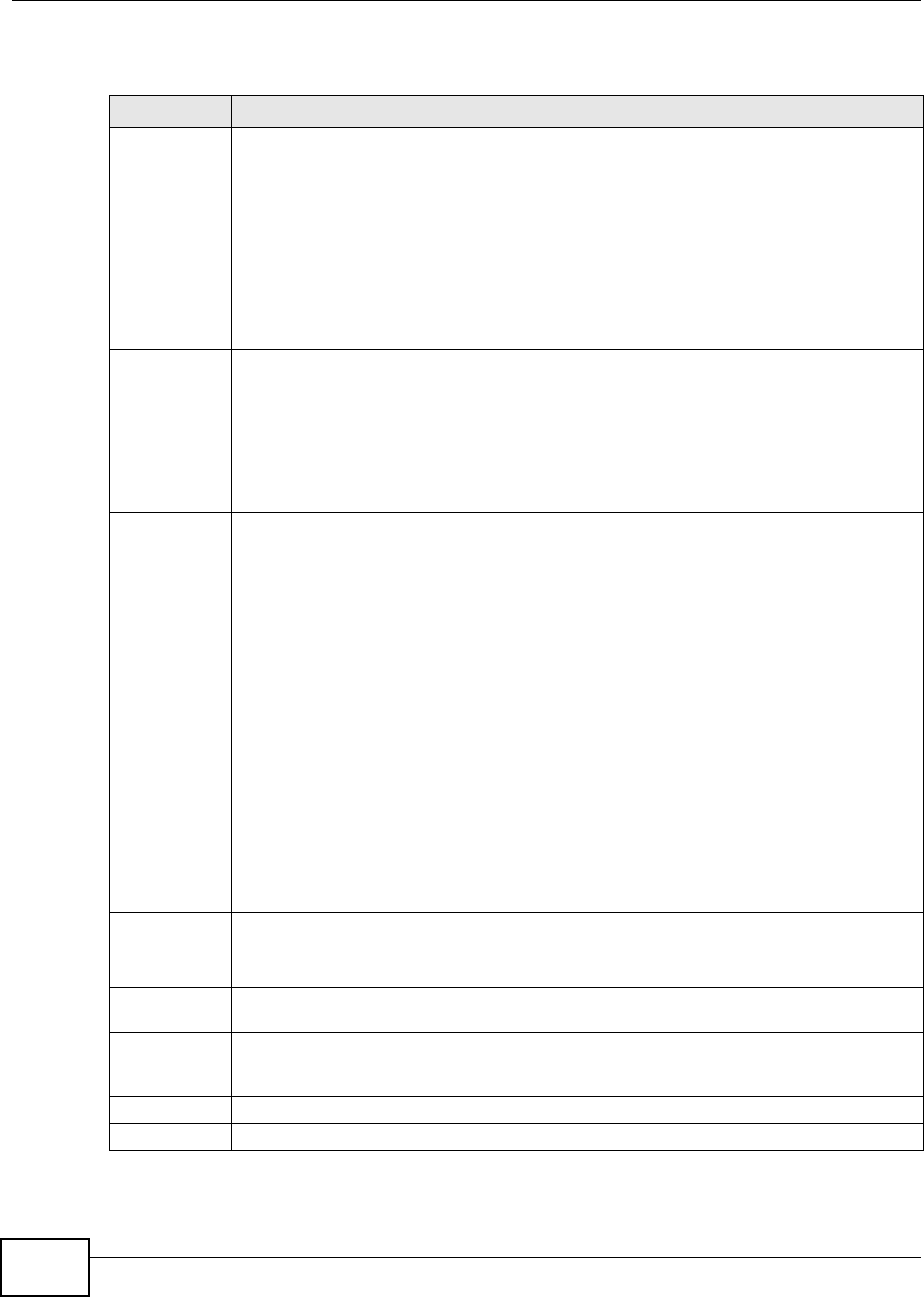
Chapter 8 Storage
Media Server User’s Guide
166
The following table describes the labels in this screen.
Table 25 Storage > Create an Internal Volume
LABEL DESCRIPTION
Volume Name Type a volume name from 1 to 31 characters. To avoid confusion, it is highly recommended
that each volume use a unique name.
Acceptable characters are all alphanumeric characters, " " [spaces], "_" [underscores], and
"." [periods].
The first character must be alphanumeric (A-Z 0-9).
The last character cannot be a space " ".
For an external volume, type a volume name from 1 to 32 single-byte (no Chinese characters
allowed for example) ASCII characters. The name cannot be the same as another existing
external volume.
JBOD Use this if you want maximum storage capacity and/or you have other means of protecting
your data. JBOD is the only option if you only have one disk installed. With two disks, you can
choose to create a JBOD volume on one of the disks or both.
Select which disks should make up this volume. A disk can only belong to one volume. You do
not need to select anything if only one hard disk is installed.
• Internal Disk - Is the hard disk inside a 1-bay NSA.
• External Disk - Is the eSATA hard disk connected to a 1-bay NSA.
PC Compatible
Volume
(1-bay models only)
This type is only available if you have attached an eSATA hard disk to your NSA.
A primary partition is created on the eSATA hard disk.
Use this to make your eSATA hard disk readable by other computer systems. However, the
computer’s platform (for example, Windows XP SP2) should support the file system you
selected for the eSATA hard disk.
• External Disk - This is checked automatically. It refers to the eSATA hard disk that you
can attach as a second drive to your NSA.
• File System - Select the file system you want the new volume to use.
Windows file systems include:
NTFS: Recommended for volumes greater than 40 GB.
FAT32: Newer, and more efficient than FAT16. Supports a volume size of up to 32 GB
(Giga Bytes) and individual file sizes of up to 4 GB.
FAT16: Compatible with older Windows operating systems. Supports volume and file
sizes of up to 2 GB.
Linux file systems include:
EXT2: Most commonly used on Linux platforms.
EXT3: The same as EXT2, but adds a journaled file system and is more robust.
ReiserFS: Offers better performance for small files.
XFS: Allows expansion for mounted volumes.
RAID 0 (2-bay models only)
Use this if you want maximum speed for your disks, and/or you have other means of
protecting your data. This is only available when you have two hard disks installed.
RAID 1 Use this if you want to mirror all data on one disk to the other disk. This is only available
when you have two hard disks installed.
Volume will be
created on
This field lists all hard disks installed inside the NSA. Select which disks should make up this
volume. A disk can only belong to one volume. You do not need to select anything if only one
hard disk is installed.
Apply Click this to save your changes and create the volume.
Cancel Click this to exit this screen without saving your changes or creating a volume.



